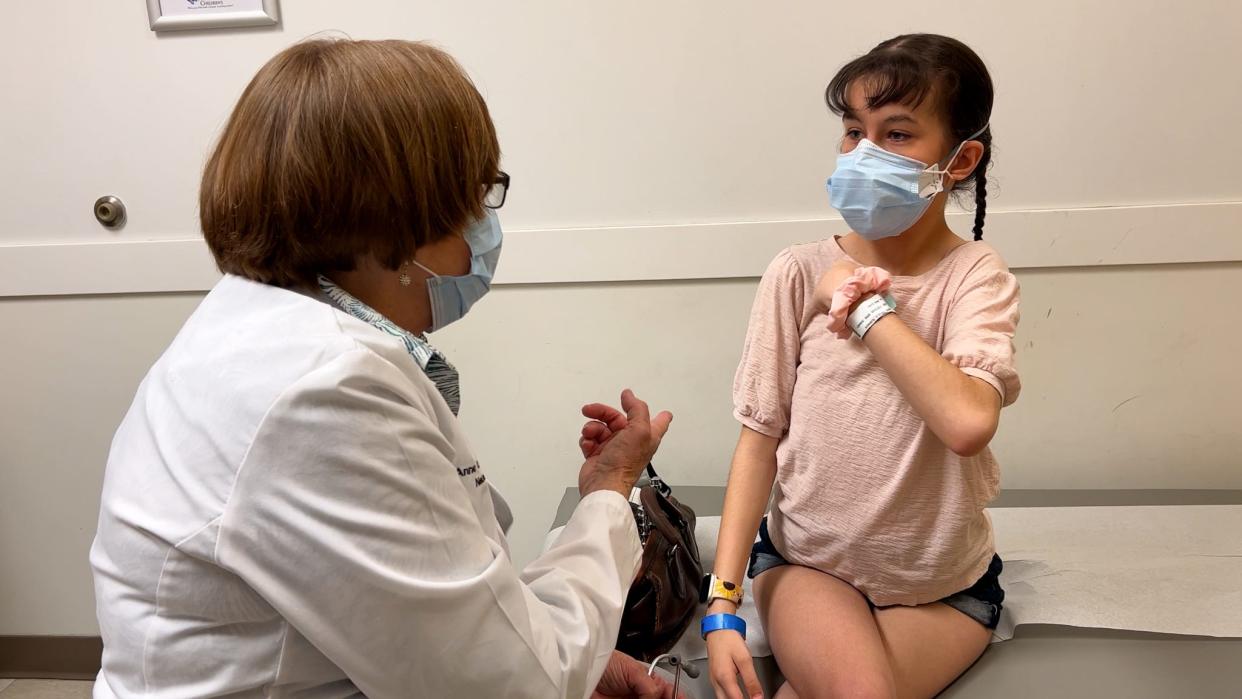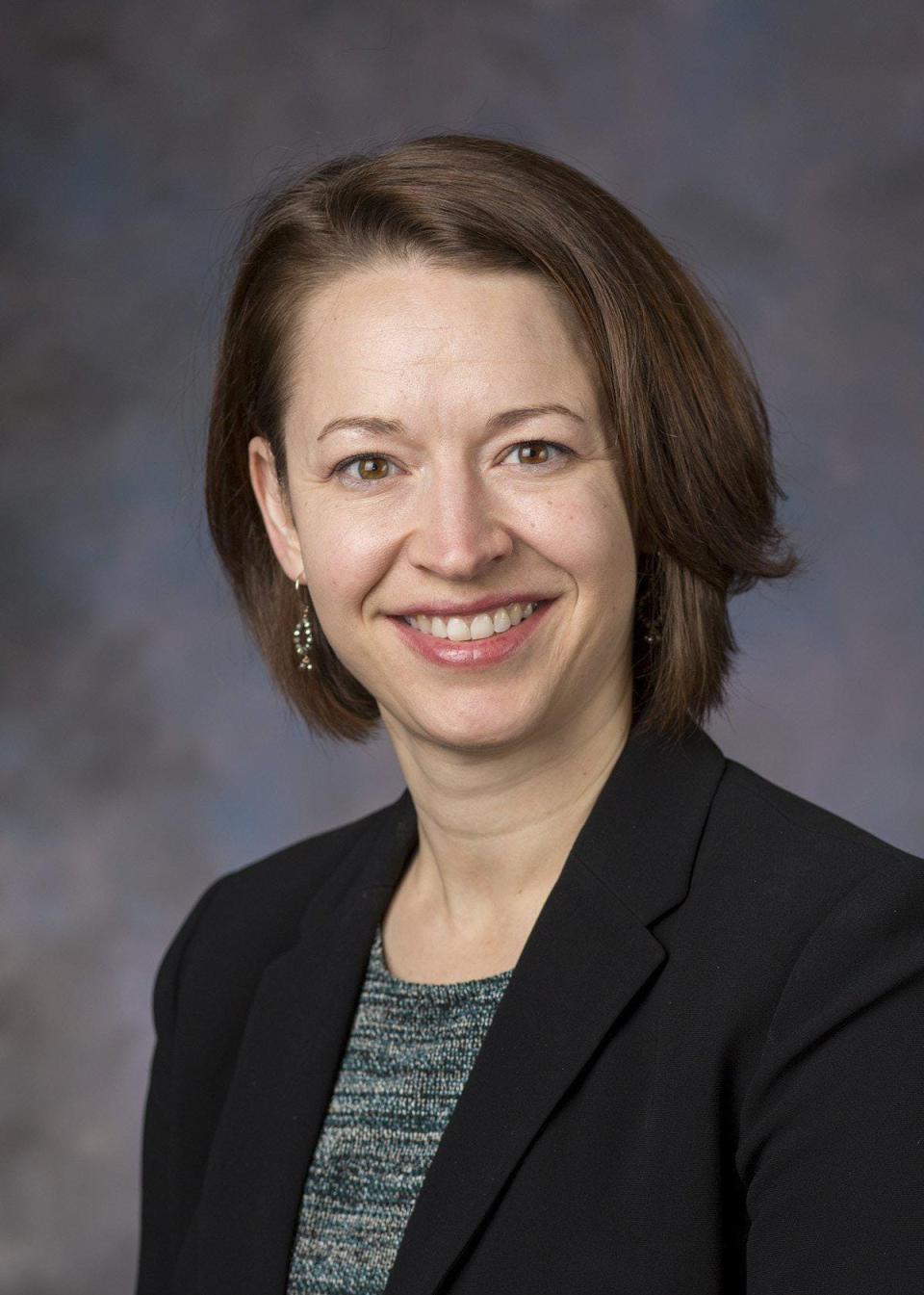Genomic medicine offers diagnostic hope for people with rare diseases | Pediatric Research

Summer Nagele is a typical teenager — excited about school, making plans for college, and hanging out with her friends. But Summer’s story is anything but typical. She’s one of the millions of people in the United States living with a rare disease.
A rare disease is one that affects fewer than 5 in 10,000 people. Some rare diseases that you might have heard of include hemophilia, congenital heart disease, cystic fibrosis or Duchenne muscular dystrophy. Approximately 7,000 rare diseases have been identified, and with the growing accessibility of genomics and improvements in finding genetic causes of disease, the number is only increasing. While each of these conditions is rare, cumulatively they affect between 25 and 30 million people in the U.S. — that’s about 1 in 10.
The journey from when patients first experience symptoms to when they are diagnosed with a rare disease is often called the “diagnostic odyssey.” It can take years, even decades, for patients to find out the cause of their condition. However, it is usually found somewhere in their genetic code.

Summer, 18, experienced symptoms of her rare disease from birth, but it wasn’t until 2020 that she got her diagnosis. That answer came through whole exome sequencing.
A person’s genome contains 3 billion base pairs and accounts for all the genetic material in a person. A smaller portion of genome, called the exome, contains all the instructions for building proteins. While the exome is less than 2% of the total base pairs in the genome, it holds many of the clues needed to diagnose rare diseases.
People with rare diseases are often given diagnoses that are “close” but don’t quite fit all their symptoms. In Summer’s case, an initial diagnosis of congenital myasthenic syndrome gave the family a place to start. Some of the medications were helping. But this diagnosis didn’t account for all her symptoms, such as her short stature and cleft palate. Her family kept searching for an answer that would fit the whole picture.
Importantly, Summer’s physician, Dr. Anne Connolly, chief of Neurology at Nationwide Children’s Hospital, didn’t give up either. When Summer was 8 years old, Dr. Connolly promised to help her find a name for what she had. They continued their journey together, finding treatments that helped Summer’s symptoms, until 2020, when Dr. Connolly recommended Summer for whole exome sequencing as part of the rare disease protocol in the Steve and Cindy Rasmussen Institute for Genomic Medicine at Nationwide Children’s.
Afterward, she received her diagnosis. Summer has Birk-Barel syndrome, a genetic condition so rare that it has been reported in the scientific literature only 50 times worldwide.
February is rare disease month and a time to pause and celebrate the diagnoses that are now possible through advances in research. It’s also a call to action. We all can continue to support the researchers, children and families who are working to support kids like Summer through their rare disease journey.
Abbie (Roth) Miller is the managing editor for Pediatrics Nationwide and manager for science and medical content at Nationwide Children’s Hospital.
Abbie.Roth@nationwidechildrens.org
This article originally appeared on The Columbus Dispatch: Genomic medicine offers hope for patients with rare diseases

